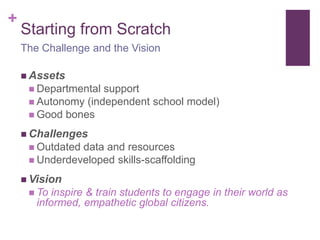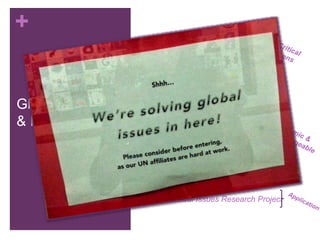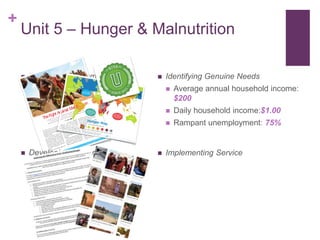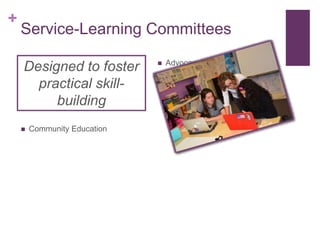The document outlines the development of a global education course focusing on service-learning and social action to inspire students to engage as empathetic global citizens. It discusses the challenges and resources necessary for implementing the course, including understanding global issues like hunger, health, and citizenship, and highlights the importance of service-learning in fostering leadership and community engagement. Additionally, it features a case study on UNICEF's efforts to combat acute malnutrition in Swaziland, emphasizing the significance of nutritional support during crises.












































